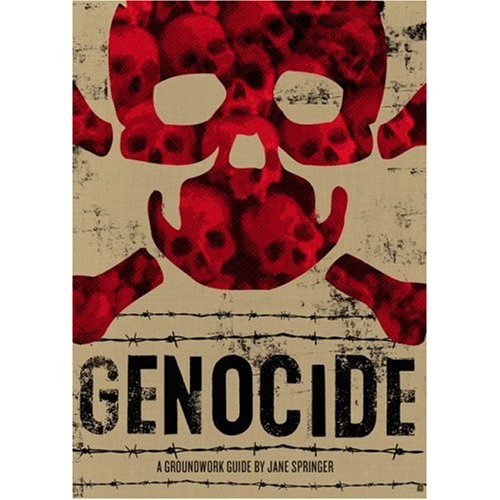HumanJinn
FULL MEMBER

- Joined
- Nov 15, 2013
- Messages
- 102
- Reaction score
- 0
- Country
- Location
Millions of Algerians and Libyans Civilians were Killed,Gang Raped, Starve to Death, torture to Death etc. by French Imperialist Atheist and Italians Catholics Fascist Christians Supremacist Army, Settlers and War Machine. In the Case of Algeria and Libya it is estimated that half of Population Wiped out by these Nazis
Approximately 5 million Algerian Muslim Arabs were tortured and massacred under the French rule according to the Algerian sources 5 million dead, while French officials estimated it at 350,000

[Algeria Independence France 1954-1962
Algeria Independence France 1954-1962] Algerians argue that the massacres should be named as genocide and France must apologise from the Algerians. However the French do not accept the claims. Algeria's President Abdelaziz Bouteflika says that French colonization of his country Algeria was a form of genocide. In memoirs, some French officers have described torture of Algerians during the war, however France has never accepted its responsibility in tortures and massacres in Algeria. Paris says that the past should be left to historians. French President Jacques Chirac, upon harsh reactions to the law encouraging the good sides of the French colonial history, made the statement, "Writing history is the job of the historians, not of the laws." Writing history is the job of the historians" According to Prime Minister Dominique de Villepin, "speaking about the past or writing history is not the job of the parliament."[Haber, Haberler, Son Dakika - Zaman Gazetesi France in Favor of So-Called Genocide Resorts to Histori
Italian Libya (Italian: Libia Italiana; Arabic: ليبيا الإيطالية Libiya Al-Italiyyah) was a unified colony of Italian North Africa (Africa Settentrionale Italiana, or ASI) established in 1934 in what represents present-day Libya. Italian Libya was formed from the colonies of Cyrenaica and Tripolitania which were taken by Italy from the Ottoman Empire in 1912 after the Italo-Turkish War of 1911 to 1912
Algerian genocide by france the terror state - YouTube
Laurent Fabius Denial of Algerian Genocide - YouTube
Algerian Genocide Committed By France - French Colonial Period in Algeria - Setif Massacre - Independence of Algeria - World War II - Corsican Nationalists Fighting For Full Independence For Corsica - Vendee Massacre During French Revolution - TÜRK - YouTube
Conquest
The History of Libya as an Italian colony started in 1911 and was characterized initially by a major struggle with Muslim native Libyans that lasted until 1931. During this period, the Italian government controlled only the coastal areas of the colony

After the Italian Empire's conquest of Ottoman Libya in the 1911–1912 Italo-Turkish War, much of the early colonial period had Italy waging a war of subjugation against Libya's population. Ottoman Turkey surrendered its control of Libya in the 1912 Treaty of Lausanne, but fierce resistance to the Italians continued from the Senussi political-religious order, a strongly nationalistic group of Sunni Muslims. This group, first under the leadership of Omar Al Mukhtar and centered in the Jebel Akhdar Mountains of Cyrenaica, lead the Libyan resistance movement against Italian settlement in Libya. Italian forces under the Generals Pietro Badoglio and Rodolfo Graziani waged punitive pacification campaigns which turned into brutal and bloody acts of repression. Resistance leaders were executed or escaped into exile. The forced migration of more than 100,000 Cyrenaican people ended in Italian concentration camps. After two decades, Italy predominated
In the 1930s, the policy of Italian Fascism toward Libya began to change, and both Cyrenaica and Tripolitania, along with Fezzan, were merged into Italian Libya in 1934

Attitudes and behaviour towards the Libyan indigenous population
Inmates at the El Agheila concentration camp during the Pacification of Libya. The camp was recorded as having a population of 10,900 people
With the Pacification of Libya initiated in response to a major rebellion by indigenous Libyans against Italian colonial rule, there were mass deaths of the indigenous people in Cyrenaica - one quarter of Cyrenaica's population of 225,000 people died during the conflict.[6] Italy committed major war crimes during the conflict; including the use of illegal chemical weapons, episodes of refusing to take prisoners of war and instead executing surrendering combatants, and mass executions of civilians.[7] Italian authorities committed ethnic cleansing by forcibly expelling 100,000 Bedouin Cyrenaicans, almost half the population of Cyrenaica, from their settlements that was slated to be given to Italian settlers.[8][9]
From 1930 to 1931 during the Pacification 12,000 Cyrenaicans were executed and all the nomadic peoples of northern Cyrenaica were forcefully removed from the region and relocated to huge concentration camps in the Cyrenaican lowlands. Propaganda by the Fascist regime declared the camps to be oases of modern civilization that were hygienic and efficiently run - however in reality the camps had poor sanitary conditions as the camps had an average of about 20,000 Beduoins together with their camels and other animals, crowded into an area of one square kilometre The camps held only rudimentary medical services, with the camps of Soluch and Sisi Ahmed el Magrun with an estimated 33,000 internees having only one doctor between them. Typhus and other diseases spread rapidly in the camps as the people were physically weakened by meagre food rations provided to them and forced labour. By the time the camps closed in September 1933, 40,000 of the 100,000 total internees had died in the camps
In December 1934, individual freedom, inviolability of home and property, the right to join the military or civil administrations, and the right to freely pursue a career or employment were guaranteed to Libyans
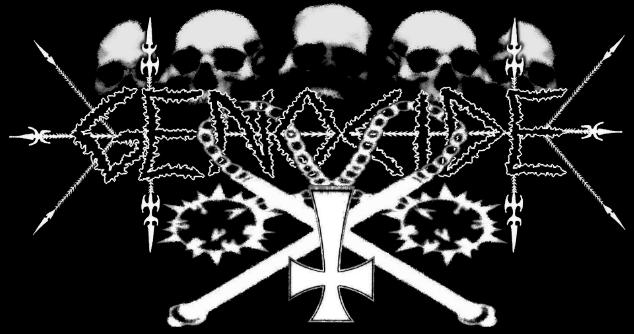
King Victor Emmanuel III in Benghazi
In a famous trip by Mussolini to Libya in 1937, a propaganda event was created where Mussolini met with Muslim Arab dignitaries, who gave him an honorary sword (that had actually been made in Florence) which was to symbolize Mussolini as a protector of the Muslim Arab peoples there
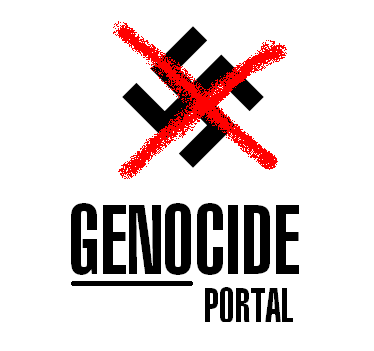
In January 1939, Italy annexed territories in Libya that it considered Italy's Fourth Shore, with Libya's four coastal provinces of Tripoli, Misurata, Benghazi, and Derna becoming an integral part of metropolitan Italy. At the same time indigenous Libyans were granted "Special Italian Citizenship" which required such people to be literate and confined this type of citizenship to be valid in Libya only

In 1939, laws were passed that allowed Muslims to be permitted to join the National Fascist Party and in particular the Muslim Association of the Lictor (Associazione Musulmana del Littorio). This allowed the creation of Libyan military units within the Italian army. In March 1940, two divisions of Libyan colonial troops (for a total of 30,090 native Muslim soldiers) were created and in summer 1940 the first and second Divisions of Fanteria Libica (Libyan infantry) participated in the Italian offensive against British Empire's Egypt: 1 Libyan Division Sibelle and 2 Libyan Division Pescatori

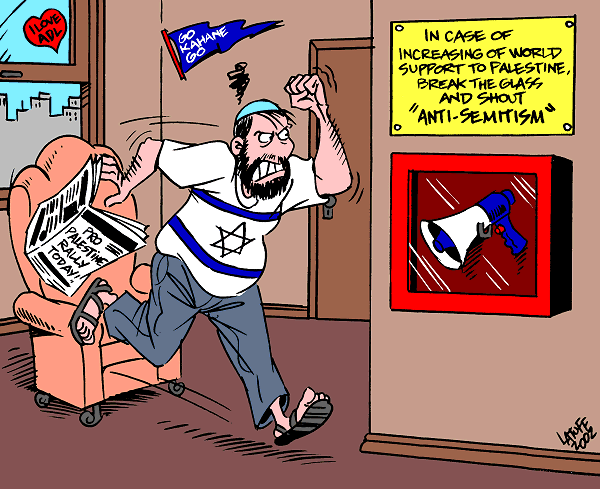
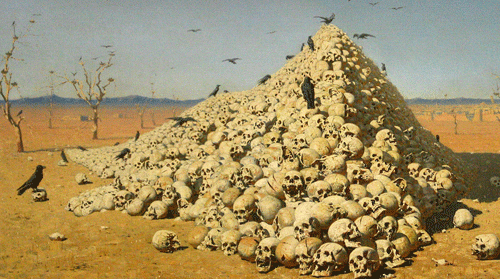
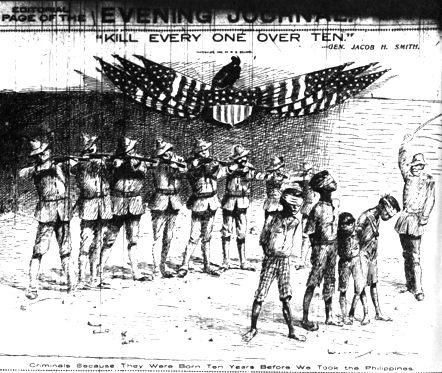
Approximately 5 million Algerian Muslim Arabs were tortured and massacred under the French rule according to the Algerian sources 5 million dead, while French officials estimated it at 350,000

[Algeria Independence France 1954-1962
Algeria Independence France 1954-1962] Algerians argue that the massacres should be named as genocide and France must apologise from the Algerians. However the French do not accept the claims. Algeria's President Abdelaziz Bouteflika says that French colonization of his country Algeria was a form of genocide. In memoirs, some French officers have described torture of Algerians during the war, however France has never accepted its responsibility in tortures and massacres in Algeria. Paris says that the past should be left to historians. French President Jacques Chirac, upon harsh reactions to the law encouraging the good sides of the French colonial history, made the statement, "Writing history is the job of the historians, not of the laws." Writing history is the job of the historians" According to Prime Minister Dominique de Villepin, "speaking about the past or writing history is not the job of the parliament."[Haber, Haberler, Son Dakika - Zaman Gazetesi France in Favor of So-Called Genocide Resorts to Histori
Italian Libya (Italian: Libia Italiana; Arabic: ليبيا الإيطالية Libiya Al-Italiyyah) was a unified colony of Italian North Africa (Africa Settentrionale Italiana, or ASI) established in 1934 in what represents present-day Libya. Italian Libya was formed from the colonies of Cyrenaica and Tripolitania which were taken by Italy from the Ottoman Empire in 1912 after the Italo-Turkish War of 1911 to 1912
Algerian genocide by france the terror state - YouTube
Laurent Fabius Denial of Algerian Genocide - YouTube
Algerian Genocide Committed By France - French Colonial Period in Algeria - Setif Massacre - Independence of Algeria - World War II - Corsican Nationalists Fighting For Full Independence For Corsica - Vendee Massacre During French Revolution - TÜRK - YouTube
Conquest
The History of Libya as an Italian colony started in 1911 and was characterized initially by a major struggle with Muslim native Libyans that lasted until 1931. During this period, the Italian government controlled only the coastal areas of the colony

After the Italian Empire's conquest of Ottoman Libya in the 1911–1912 Italo-Turkish War, much of the early colonial period had Italy waging a war of subjugation against Libya's population. Ottoman Turkey surrendered its control of Libya in the 1912 Treaty of Lausanne, but fierce resistance to the Italians continued from the Senussi political-religious order, a strongly nationalistic group of Sunni Muslims. This group, first under the leadership of Omar Al Mukhtar and centered in the Jebel Akhdar Mountains of Cyrenaica, lead the Libyan resistance movement against Italian settlement in Libya. Italian forces under the Generals Pietro Badoglio and Rodolfo Graziani waged punitive pacification campaigns which turned into brutal and bloody acts of repression. Resistance leaders were executed or escaped into exile. The forced migration of more than 100,000 Cyrenaican people ended in Italian concentration camps. After two decades, Italy predominated
In the 1930s, the policy of Italian Fascism toward Libya began to change, and both Cyrenaica and Tripolitania, along with Fezzan, were merged into Italian Libya in 1934

Attitudes and behaviour towards the Libyan indigenous population
Inmates at the El Agheila concentration camp during the Pacification of Libya. The camp was recorded as having a population of 10,900 people
With the Pacification of Libya initiated in response to a major rebellion by indigenous Libyans against Italian colonial rule, there were mass deaths of the indigenous people in Cyrenaica - one quarter of Cyrenaica's population of 225,000 people died during the conflict.[6] Italy committed major war crimes during the conflict; including the use of illegal chemical weapons, episodes of refusing to take prisoners of war and instead executing surrendering combatants, and mass executions of civilians.[7] Italian authorities committed ethnic cleansing by forcibly expelling 100,000 Bedouin Cyrenaicans, almost half the population of Cyrenaica, from their settlements that was slated to be given to Italian settlers.[8][9]
From 1930 to 1931 during the Pacification 12,000 Cyrenaicans were executed and all the nomadic peoples of northern Cyrenaica were forcefully removed from the region and relocated to huge concentration camps in the Cyrenaican lowlands. Propaganda by the Fascist regime declared the camps to be oases of modern civilization that were hygienic and efficiently run - however in reality the camps had poor sanitary conditions as the camps had an average of about 20,000 Beduoins together with their camels and other animals, crowded into an area of one square kilometre The camps held only rudimentary medical services, with the camps of Soluch and Sisi Ahmed el Magrun with an estimated 33,000 internees having only one doctor between them. Typhus and other diseases spread rapidly in the camps as the people were physically weakened by meagre food rations provided to them and forced labour. By the time the camps closed in September 1933, 40,000 of the 100,000 total internees had died in the camps
In December 1934, individual freedom, inviolability of home and property, the right to join the military or civil administrations, and the right to freely pursue a career or employment were guaranteed to Libyans
King Victor Emmanuel III in Benghazi
In a famous trip by Mussolini to Libya in 1937, a propaganda event was created where Mussolini met with Muslim Arab dignitaries, who gave him an honorary sword (that had actually been made in Florence) which was to symbolize Mussolini as a protector of the Muslim Arab peoples there
In January 1939, Italy annexed territories in Libya that it considered Italy's Fourth Shore, with Libya's four coastal provinces of Tripoli, Misurata, Benghazi, and Derna becoming an integral part of metropolitan Italy. At the same time indigenous Libyans were granted "Special Italian Citizenship" which required such people to be literate and confined this type of citizenship to be valid in Libya only

In 1939, laws were passed that allowed Muslims to be permitted to join the National Fascist Party and in particular the Muslim Association of the Lictor (Associazione Musulmana del Littorio). This allowed the creation of Libyan military units within the Italian army. In March 1940, two divisions of Libyan colonial troops (for a total of 30,090 native Muslim soldiers) were created and in summer 1940 the first and second Divisions of Fanteria Libica (Libyan infantry) participated in the Italian offensive against British Empire's Egypt: 1 Libyan Division Sibelle and 2 Libyan Division Pescatori






